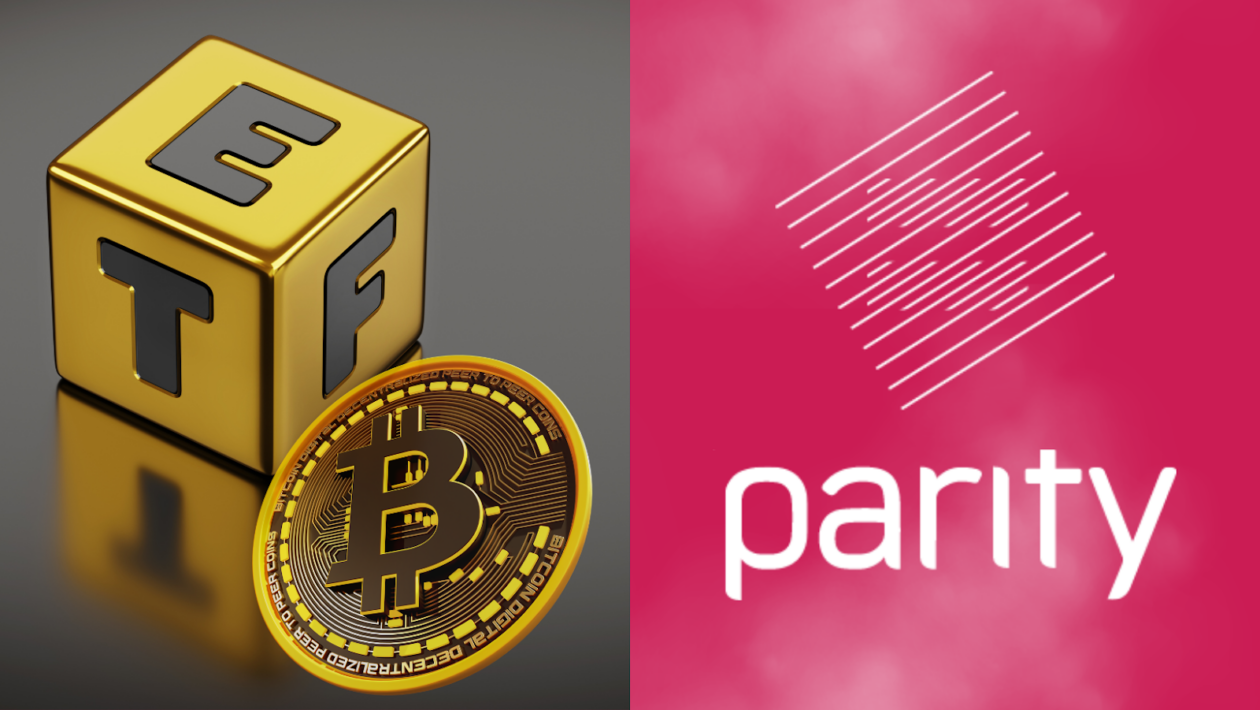The Most Current Advancements and Trends Forming the Landscape of Information in the Digital Money Globe
The digital money information landscape is undergoing significant makeover, affected by technological innovations and changing regulatory structures. As decentralized platforms arise, they test conventional journalism by focusing on transparency and decreasing bias. Simultaneously, the role of social media is advancing, allowing fast info sharing and audience interaction. These developments require a reevaluation of reporting techniques to maintain trustworthiness and relevance. With the effects of these trends still unraveling, it becomes critical to discover exactly how they will certainly shape the future of economic journalism and the broader understanding of electronic currencies.
Advancement of Financial Journalism
Emerging from the fast developments in modern technology and the electronic landscape, the evolution of monetary journalism has actually changed how info concerning markets, financial investments, and economic trends is distributed. Conventional media electrical outlets have actually increasingly incorporated digital platforms, allowing real-time reporting and evaluation (copyright news). This change has actually brought about a more dynamic and responsive journalistic environment, where rate and precision are critical

Furthermore, the need for in-depth analysis and professional discourse has raised, triggering specialized financial journalism. This type of reporting focuses on data-rich web content that caters to a target market seeking in-depth understandings right into complex monetary markets. Consequently, the landscape of economic journalism remains to advance, balancing the need for timely news with the requirement of extensive, exact coverage.
Surge of Decentralized News Platforms
The landscape of financial journalism is undertaking significant change with the increase of decentralized information systems - copyright news. These systems take advantage of blockchain technology to produce a much more clear and equalized atmosphere for news dissemination, specifically within the digital money field. By removing central authority, decentralized information systems encourage contributors and individuals to engage directly current creation and sharing process

Furthermore, decentralized information platforms can improve trust fund among individuals by giving proven sources and unalterable documents of content. This transparency is critical in an industry often tainted by misinformation. As these platforms proceed to obtain traction, they may reshape conventional media versions by prioritizing user interaction, cultivating a society of accountability, and possibly redefining the relationship between information companies and their target markets in the electronic money world.
Impact of Social Media on News

The immediacy of social networks enables news to reach a larger audience, enabling varied viewpoints and promoting a much more informed public. This quick spread of info comes with obstacles, including the potential for misinformation and unproven cases to proliferate. Customers should browse a complicated atmosphere where distinguishing qualified resources from sensationalist stories becomes increasingly challenging.
Furthermore, social networks algorithms can create resemble chambers, where users are revealed mostly to point of views that reinforce their present beliefs. This can distort public understanding and influence market dynamics within the electronic money field. Therefore, while social media acts as a powerful tool for news circulation, it also demands a critical strategy to info usage and an emphasis on verifying resources to make certain accuracy and integrity in coverage.
Regulatory Modifications and Their Ramifications
As social media plays a critical function fit public discussion around digital money, regulative adjustments are significantly affecting this dynamic landscape. The advancing regulative framework bordering digital money is vital for both market participants and the media coverage on these advancements. Federal governments and financial authorities worldwide are implementing more stringent policies to improve consumer you could try these out protection, protect against fraudulence, and alleviate dangers connected with money laundering and terrorism funding.
These regulatory shifts can considerably influence market actions, indicating an elder and legitimized digital currency community. The introduction of more stringent Know Your Customer (KYC) and Anti-Money Laundering (AML) laws can lead to higher accountability for exchanges and solution providers, cultivating a more clear market environment. However, they may why not check here likewise hinder innovation and drive some procedures to much less controlled jurisdictions, complicating the landscape for capitalists and regulators alike.
Furthermore, as regulative bodies issue guidelines and structures, news outlets must adjust their reporting to mirror these modifications accurately. This necessitates continual tracking of the regulative landscape, making sure that the info distributed is dependable and timely, thereby forming educated popular opinion on electronic currencies in this quickly advancing field.
The Role of Information Analytics in Reporting
Data analytics has become a necessary device in the journalism landscape, specifically in the world of electronic money coverage. As cryptocurrencies and blockchain innovations produce large amounts of information, reporters are significantly leveraging analytical devices to draw out insights and present engaging stories. This shift allows reporters to determine trends, display market activities, and discover patterns that might not be instantly visible with traditional coverage techniques.
Utilizing information analytics improves the accuracy and depth of insurance coverage in electronic currency information. By utilizing algorithms and information visualization methods, journalists can develop look at this website interactive graphics and control panels that elucidate intricate info, making it much more accessible to a more comprehensive audience. Additionally, data-driven reporting promotes real-time updates, enabling information outlets to react quickly to market fluctuations and regulative modifications.
Additionally, analytics can aid in fact-checking and confirming cases, which is vital in an industry prone to misinformation and supposition. As the digital money landscape remains to progress, the assimilation of data analytics into reporting techniques will stay pivotal, equipping reporters to supply informed and prompt insurance coverage that satisfies the needs of a tech-savvy readership. This pattern highlights the expanding relevance of information proficiency among journalists in this vibrant area.
Conclusion
In final thought, the digital currency information landscape is undertaking substantial makeover, identified by the advancement of economic journalism, the appearance of decentralized information platforms, and the profound influence of social media. Jointly, these patterns will continue to shape the future of information in the electronic currency domain.